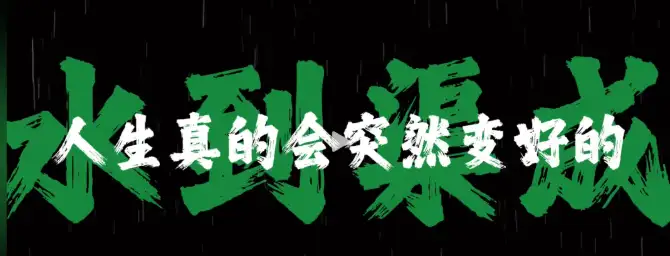How to Craft Amazing AI-Generated TikTok Shorts

Nancy Cooper · 5, Aug 2025
AI-generated content has become a daily presence on TikTok, YouTube Shorts, and Instagram Reels. Yet, the difference between content that gets scrolled past and content that stops people in their tracks often comes down to something simple: structure.
In this guide, we’ll break down how to create short-form videos with AI—going beyond the typical “generate some clips” approach and diving into how structure, emotional hooks, and scripted guidance can turn AI tools into a storytelling engine.
The Core Framework: More Than Just Subtitles
Many AI video workflows focus heavily on assets—backgrounds, images, soundbites—but neglect the most critical element: how viewers experience the story.
Effective short videos often follow a simple but powerful structure:
- A 2-Second Hook that creates immediate emotional resonance.
- Guiding Phrases like “You need to remember…” or “You should know…” to anchor the viewer.
- A Progressive Build-up where pain points are elaborated, and insights are layered in.
- A Comforting Conclusion that leaves the viewer with a sense of direction or empowerment.
Prompting for Emotional Impact
Rather than manually scripting every word, we can harness AI to co-create powerful micro-narratives.
Here’s a practical prompt formula:
“You are a social media content strategist and empathy-driven communication expert. Based on the title ‘Stop Overthinking Your Next Move,’ craft a script in the following structure: strong emotional hook, pain point elaboration, three guiding phrases (‘You need to remember…’), actionable advice, and an uplifting ending.”
By feeding this into advanced AI platforms like GlobalGPT, you can generate multiple versions of scripts with varying tones—from assertive to comforting—ready for short-form production.
Aligning Script with Audio and Visuals
The secret sauce is in timing.
- The hook line should match with an impactful visual or subtle zoom.
- Guiding phrases like “You need to remember…” are natural beat points for subtitle emphasis and audio drop.
- Background visuals can stay minimalistic; the rhythm of words and pauses should lead the viewer’s attention.
By breaking down scripts into precise time markers, you create a dynamic flow where text, sound, and visuals feel intentional and cinematic, even in a 30-second format.
Extracting Key Phrases for Audience Anchors
One of the most effective techniques is embedding recurring anchors throughout the video.
Phrases like “You need to remember…” act as attention resets, giving viewers a cognitive “hook” to stay engaged.
When scripting, always extract the first instance of such a phrase to become your core guide moment. This is where visual emphasis, audio clarity, and on-screen text should converge.
Editing the Final Cut: It’s Still a Creator’s Game
While AI can draft scripts and generate visuals, the final assembly—subtitles, music, pacing—is where human creativity shines.
Tools like CapCut or Adobe Premiere remain essential for fine-tuning. The goal is not to automate, but to accelerate ideation and production.
Platforms like GlobalGPT offer centralized access to AI models like ChatGPT, Claude, and Midjourney, streamlining the asset generation process. But the narrative assembly remains in your hands.
Why This Workflow Matters
Short-form content is inherently about attention economics. Viewers don’t care if it’s AI-generated or not; they care if it resonates.
By combining AI’s generative speed with a human-first structural approach, you can produce content that feels crafted, not churned.
For creators looking to scale content output without losing quality, this method provides a blueprint to create videos that feel authentic, empathetic, and designed to engage.

Want to build your own AI-powered content system? Start with top-tier models and centralized workflows at GlobalGPT.
